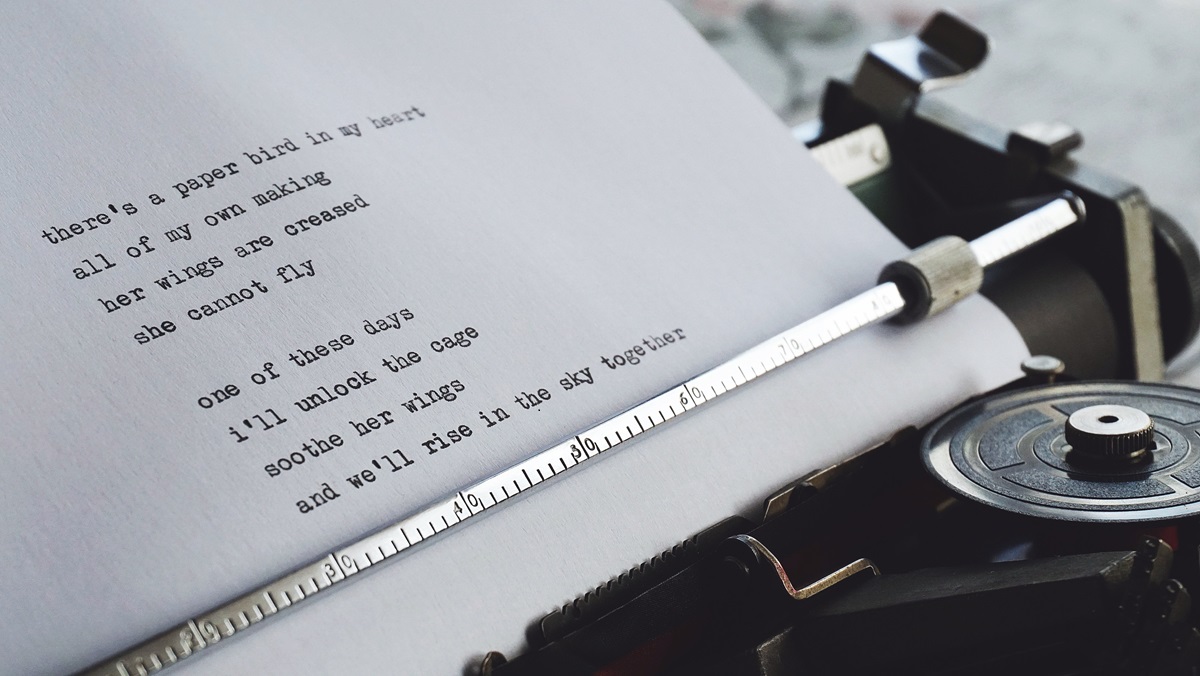Poetry is the art of crafting words into a unique tapestry of emotion, imagery, and meaning. African poets have a rich tradition of creating powerful, evocative verses that inspire and resonate with readers. In this article, we’ll explore five essential tips for writing excellent poetry, drawing inspiration from the works of renowned African poets.
1. Embrace Vivid Imagery
To create memorable poetry, one must paint vivid pictures with words. The Nigerian poet Chinua Achebe, known for his novel Things Fall Apart, is also a masterful poet. His poem “Refugee Mother and Child” is a moving example of vivid imagery:
She soon would have to forget
With the last cry of a baby In her hands.
Achebe’s use of “the last cry of a baby” paints a haunting image, evoking profound emotions. Use sensory details and metaphors to engage your reader’s senses and emotions.
2. Craft Unique Metaphors
Metaphors breathe life into poetry by making abstract concepts tangible. Leopold Sedar Senghor, a Senegalese poet and philosopher, skillfully uses metaphors in his poem “Prayer to Masks”:
Black souls wrap themselves in a mask of ash,
And down they go to that city of the dead…
Senghor’s “a mask of ash” metaphorically illustrates the idea of people concealing their true selves. Develop original metaphors that allow readers to see familiar themes from a new perspective.
3. Play with Sound and Rhythm
Image: Kofi Awoonor
The auditory qualities of poetry can elevate your work. Nigerian poet Christopher Okigbo’s “Dance of the Painted Maidens” offers an example of compelling sound and rhythm:
In black moccasins, they leaped like the wild cat,
Running in out of the wind, trembling
In out of the clear parallel mirrors of the sun.
The repetition of “in out of” in Okigbo’s poem creates a sense of movement, much like the dancers he describes. Experiment with rhyme, alliteration, and meter to enhance your poem’s auditory experience.
The auditory aspects of poetry often make it a unique and memorable art form. Ghanaian poet Kofi Awoonor skillfully plays with sound and rhythm in his poem “Songs of Sorrow.” Here’s an excerpt:
We are the celebrants, come let’s watch the dawdled night for signs of dawn…
Coming in the air and songs of battering the midnight of tedium.
Awoonor’s use of alliteration and consonance creates a musical quality that carries the reader through the poem. He skillfully weaves sounds and rhythm into his verses, adding a layer of depth to his work. Experiment with various sound devices, such as rhyme, assonance, and onomatopoeia, to enhance the auditory experience of your poetry.
4. Convey Deep Emotions
Great poetry is an emotional journey. Somali-British poet Warsan Shire’s “Conversations About Home” captures raw, heartfelt emotions:
No one leaves home unless
Home is the mouth of a shark.
Shire’s poetry is renowned for its emotional depth. Ensure your words resonate with your feelings, and your readers will connect on a profound level.
5. Honesty and Authenticity
Last but not least, be authentic. Nigerian poet Wole Soyinka’s “Telephone Conversation” addresses the subject of racial prejudice:
Be assured
My friend, my friend, I am white!
Soyinka’s poem is an honest reflection on prejudice, highlighting the importance of authenticity in addressing challenging subjects. Write from your heart, and your poetry will reflect your genuine voice.
Enhance the auditory experience of your poetry
Incorporate these five tips into your poetry writing process to create verses that are not only excellent but also deeply resonant. Learn from the rich heritage of African poetry, and let your words take flight.
Bonus tip: Read poetry often. The more you read, the more you’ll learn about different poetic forms, styles, and techniques. You’ll also develop a deeper appreciation for the power of language.

This article was written with Google Bard & ChatGPT prompts by Kukogho Iruesiri Samson.





You must be logged in to post a comment.